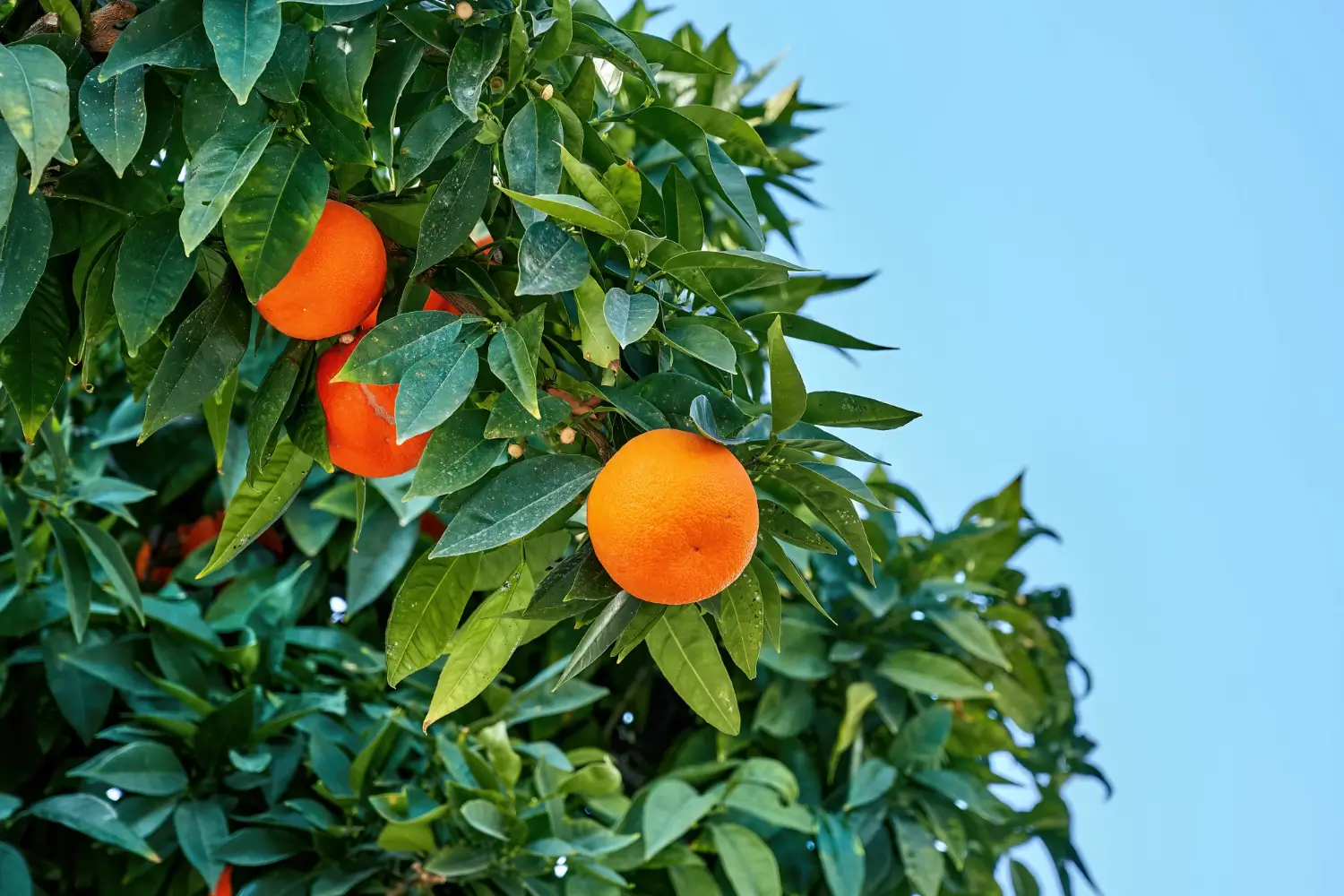
Soil Health & Fertilization
We unite suppliers and green industry professionals worldwide
This popular houseplant has taken the indoor gardening world by storm, and for good reason. Its fleshy, succulent-like leaves conserve water and it will thrive even in the hands of a novice gardener. Adds a touch of refreshing green to your desk, shelf or
By Mariam Scott
|Published on July 07, 2025
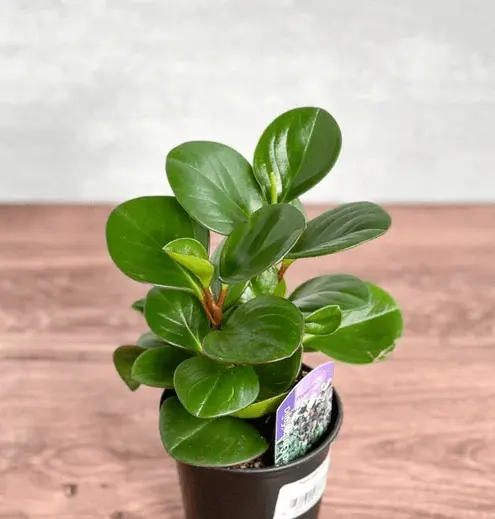

Did you know the Baby Rubber Plant stores water in its thick, glossy leaves, allowing it to thrive even if you forget to water it for days?
Also known as Peperomia Obtusifolia, this popular houseplant has taken the indoor gardening world by storm, and for good reason. This small but stunning plant, part of the Peperomia family, is native to South America and is known for being low maintenance and adaptable. Its fleshy, succulent-like leaves conserve water and it will thrive even in the hands of a novice gardener. Adds a touch of refreshing green to your desk, shelf or coffee table.
Beyond its charming appearance, the Baby Rubber Plant is an excellent choice for apartments and small spaces due to its compact size and tidy growth. It doesn’t require much attention, yet rewards you with year-round lush foliage and an attractive, upright structure. Whether you're a seasoned indoor gardener or just getting started, this little plant is sure to become a favorite addition to your home.
Another bonus? The Baby Rubber Plant is known to improve indoor air quality, making your space not just more beautiful, but also healthier. With just a bit of love, it will continue growing steadily without becoming unruly or demanding.
| Common Names | Baby Rubber Plant, Pepper Face |
| Botanical Name | Peperomia obtusifolia |
| Type | Tropical evergreen perennial (houseplant) |
| Height | 6–12 inches tall |
| Light Requirements | Bright, indirect light; tolerates partial shade |
| Soil Needs | Well-draining, airy mix (succulent/cactus mix with perlite) |
| Watering Needs | Low to moderate; let top inch of soil dry out |
| Hardiness Zones | 10–12 (USDA); indoors in cooler zones |
| Bloom Time | Occasional; small white blooms in spring/summer |

September 25, 2025
9 minute read
September 24, 2025
9 minute read
September 23, 2025
10 minute read
September 22, 2025
9 minute read


Join as a seller and connect with thousands of B2B buyers nationwide!
Sign Up
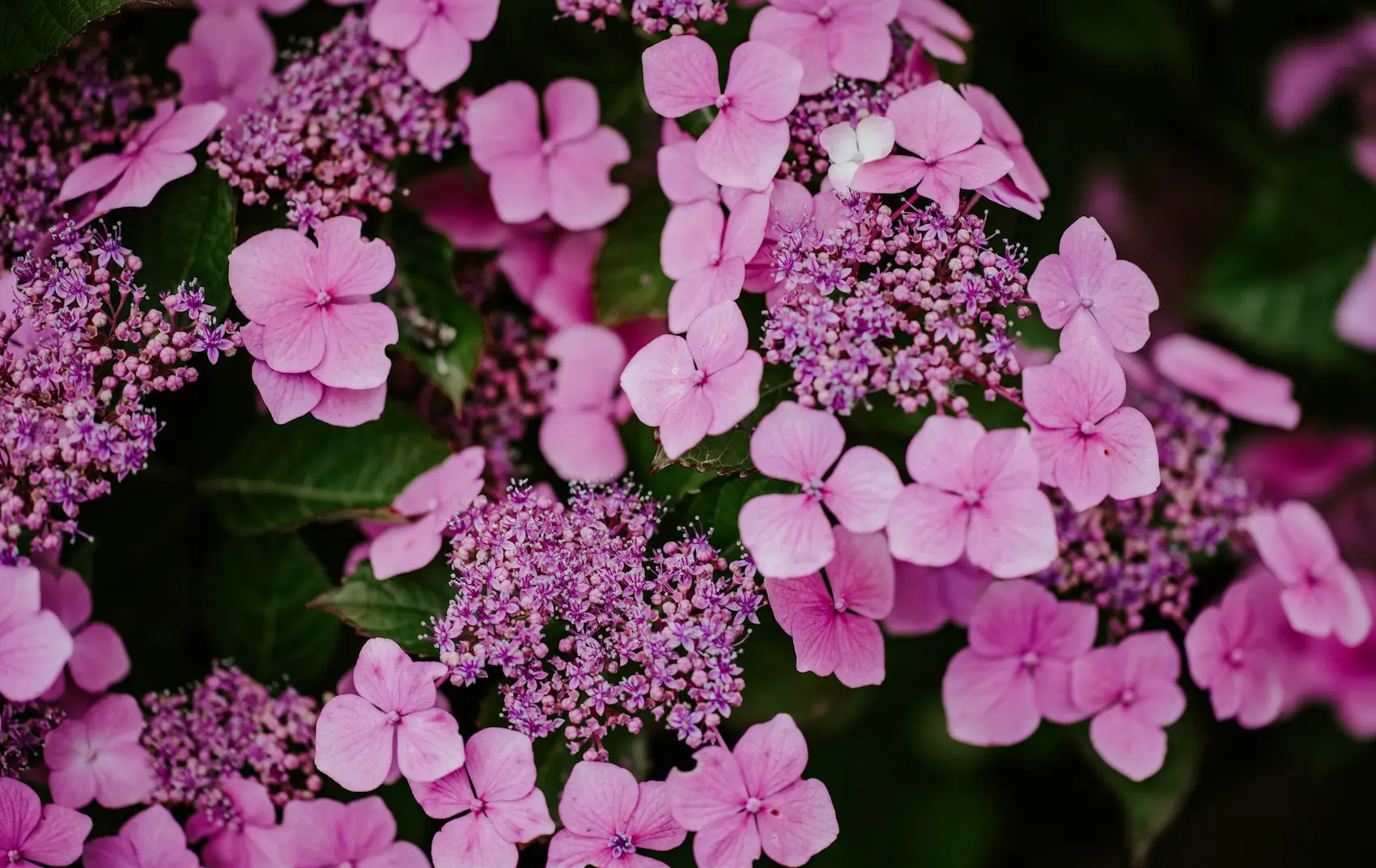
Lacecap Hydrangea
Would you ever imagine a plant that can change its flower color depending on the soil? Lacecap Hydrangea (Hydrangea macrophylla var. normalis) does exactly that.
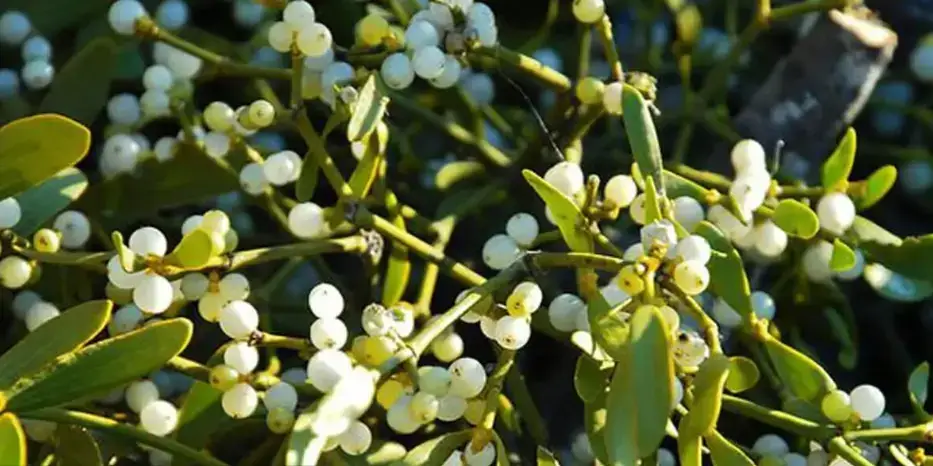
Oak Mistletoe
Oak Mistletoe (Phoradendron leucarpum) is a semi-parasitic plant known as much for its role in nature as it is for its place in holiday traditions. It’s admired for its evergreen foliage but misunderstood because of its unusual growing habits.

Oakleaf Hydrangea
Oakleaf Hydrangea (Hydrangea quercifolia) is a genuine multi-season miracle. This shrub offers something special every season — from creamy white flower cones in summer to crimson foliage in autumn and exfoliating bark that adds texture to winter gardens.
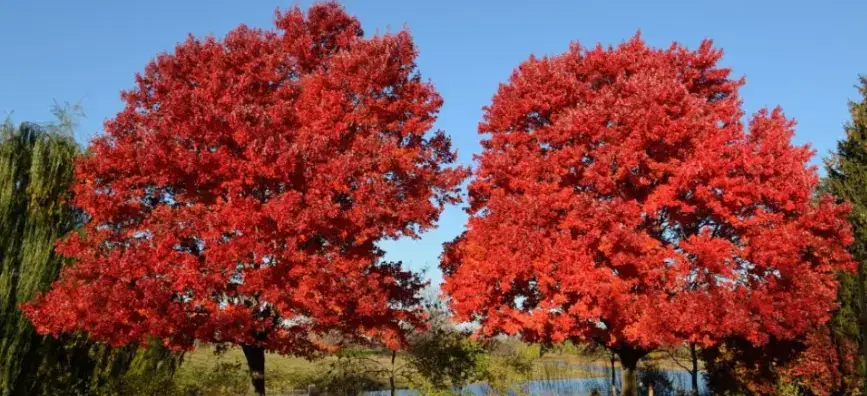
October Glory Maple
Famed for its dazzling late-season color, this popular red maple cultivar puts on a dazzling show when most trees have already shed their leaves. It’s a fabulous shade tree no matter the season.
This low maintenance houseplant has thick, glossy leaves and a compact growth habit. Its care is easy, so it's a great pick for those just getting into plants as well as more advanced plant lovers. As long as you provide the right amount of light, water, and soil, it will flourish and bring a lush, green element to any environment.
They love bright, indirect light, so they are well suited for a spot near a northern or eastern-facing window. It's a shade tolerant plant, however this will slow its growth and dull the leaves. The leaves may burn and turn brown or fade if they are exposed to an excess of direct sunlight. When natural light is insufficient, a grow light can support healthy growth.
A well-draining, airy and light soil mix will help prevent root rot. A potting mix for succulents or cacti is perfect as it enables moisture to drain out. Perlite or sand can be mixed in for even better drainage.
What pot should you use:
The Baby Rubber Plant practices a “less is more” approach, in terms of watering. It likes to dry out just a bit between waterings, so when it is time to add more water, wait until the top inch of soil is dry. With watering, soak the soil thoroughly, until water drains from the bottom of the pot, then discard any excess sitting in the saucer. In winter months, make sure to water the plant less often, as it grows slower and retains moisture longer. The most dangerous thing is overwatering, which causes root rot, yellowing leaves and fungal problems.
Pruning keeps the Baby Rubber Plant well compact and bushy as it helps in mixing up with damaged and yellowing leaves. If the plant gets leggy or uneven, prune back longer stems to induce fuller, healthier growth. Spring or early summer, while the plant is actively growing, is the ideal time to prune. Always use clean, sharp scissors or pruning shears to ensure cuts are clean and do not harm the plant.
Pruning regularly also enhances air circulation, thus minimizing pests and disease risks. Trimming it prevents weak stems and redirects the plant’s energy to new, healthy growth.
Propagation is a relatively straightforward and satisfying way to grow your collection or share plants with pals. The most commonly used technique is stem cutting.
To propagate:
Another option is to plant the cutting right into moist soil, then cover it with a plastic bag to create a humid environment and encourage faster root production. In a few weeks, it will begin to grow new roots and leaves.
The plant is great to grow in pot as its compact in nature and slow growing. You should choose a pot with drainage holes that is 1-2 inches wider than the root ball to leave space for an adequate watering without over watering,
Well draining potting mix combined with perlite or sand keep the roots healthy. If you notice the water hasn’t drained, give your plant’s container time to drain excess water. If you repot, go to a pot that’s a little larger, but avoid pots that are too large, which will retain too much moisture and slow growth.
Baby Rubber Plant can live indoors all year round, but may require some special care during winter. Store it in a spot where the temperature remains between 60°F and 75°F, keeping it at least cold drafts, heaters or air conditioners, as significant temperature fluctuations can push a plant into shock. Because the plant grows more slowly in the cold months, water less and don’t fertilize again until spring.
In cases where humidity levels decrease as a result of heating indoors, a humidity tray or humidifier may be used to sustain a comfortable environment. If you notice brown leaf edges or leaf curling, the air might be too dry.
Although the plant is best known for its lush, shiny, attractive leaves, Baby Rubber Plants can bloom, occasionally, with small white flowers. Flowering is quite uncommon (they blossom best at high humidity and outdoors). The flowers are small, often tucked away in the leaf axils, and easy to miss.
Even when not blooming, this plant is a stunning addition to any indoor space thanks to its beautiful leaves.
The Baby Rubber Plant is generally hardy, but a few problems may still arise:
The Baby Rubber Plant: A small, carefree houseplant that is going to look pretty in almost every spot. It’s a great option for beginners and seasoned plant parents alike, with its lovely green leaves, low drinking requirements and a robust disposition. Give it the right balance of light, water, and humidity, and you will have a flourishing Baby Rubber Plant to enjoy for years!
Yes, but only in USDA Zones 10-12, where temperatures are warm all year round. It succeeds in partial shade but must be brought indoors when the temperatures start dipping below 50°F.
Yes, it is toxic to dogs and cats if ingested. Store it safely away from pets where they might be tempted to nibble.
It is a slow growth tree, usually about 3-6 inches per year. Careful care over time will keep it looking tight and bushy.

Soil Health & Fertilization
Victor Miller
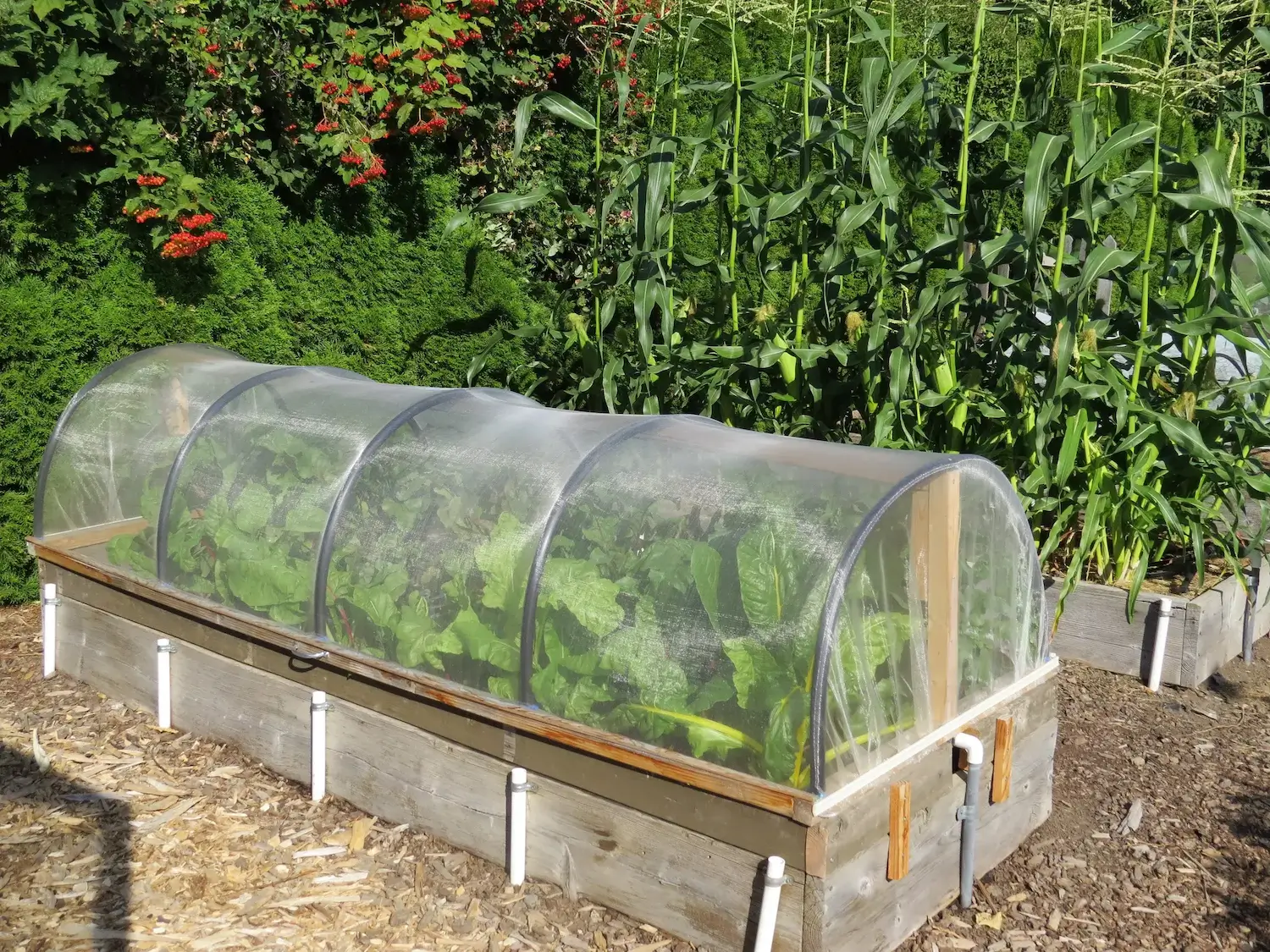
Pest Identification & Prevention
Victor Miller
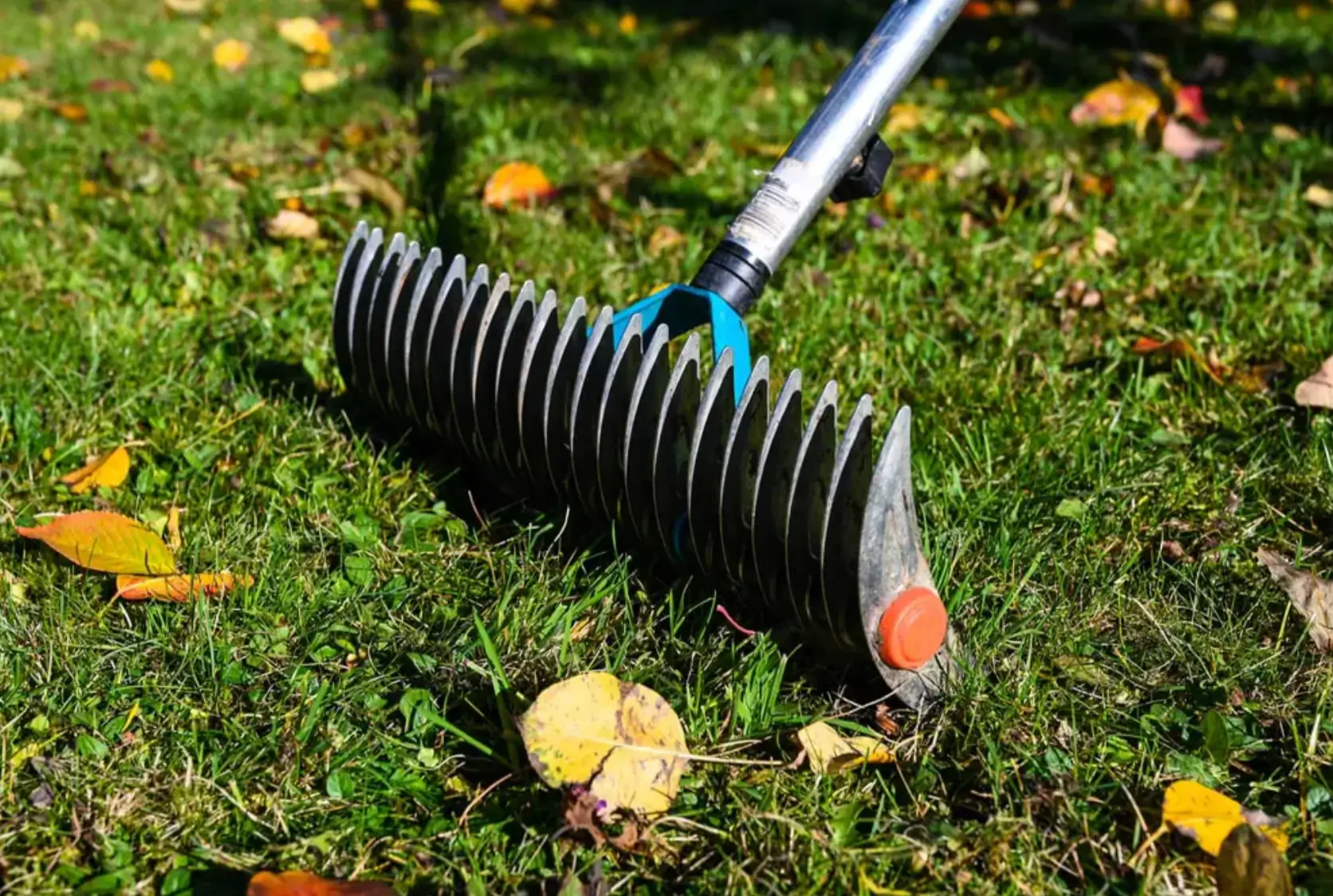
Lawn Care Tips & Maintenance
Victor Miller
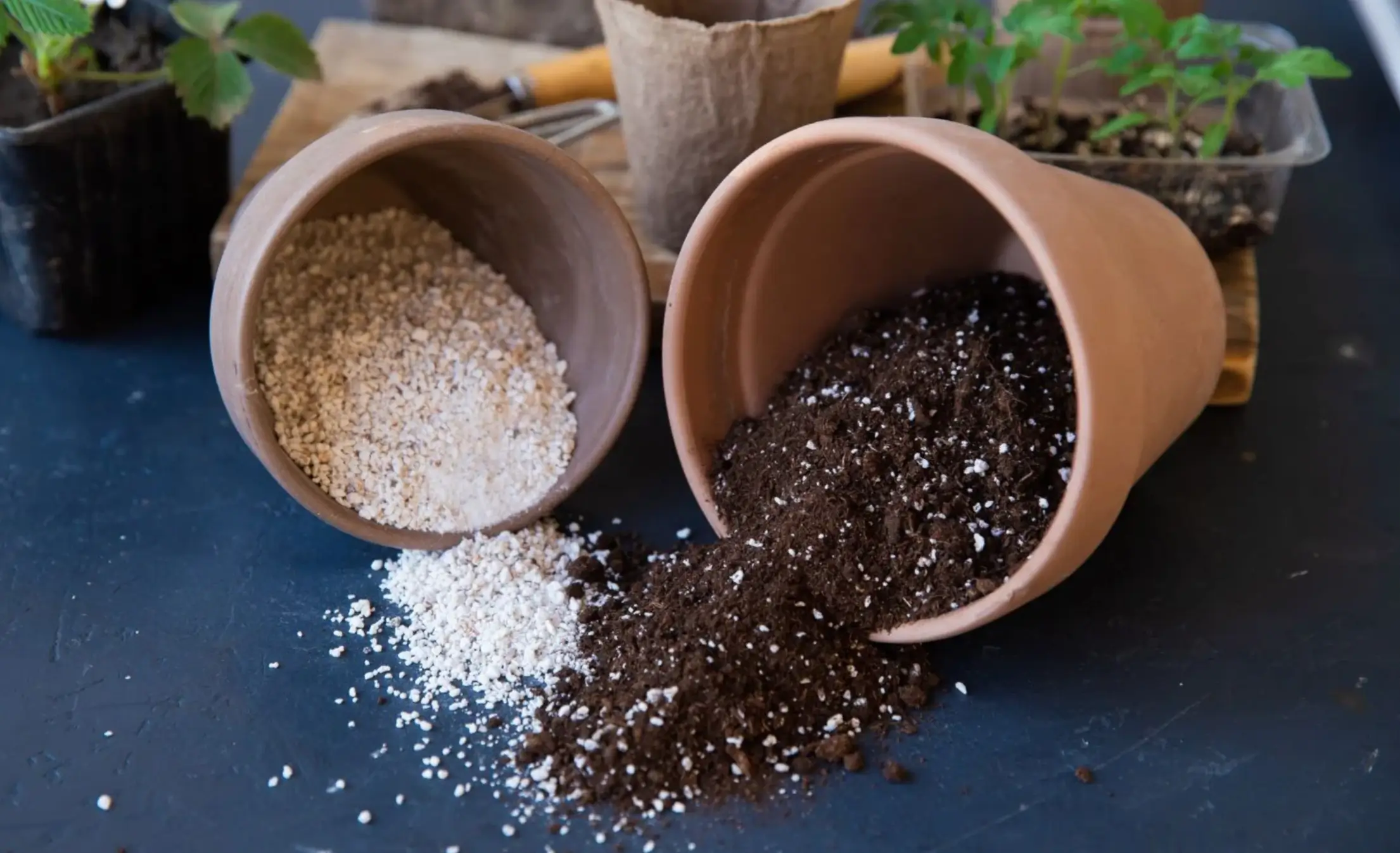
Soil Health & Fertilization
Victor Miller
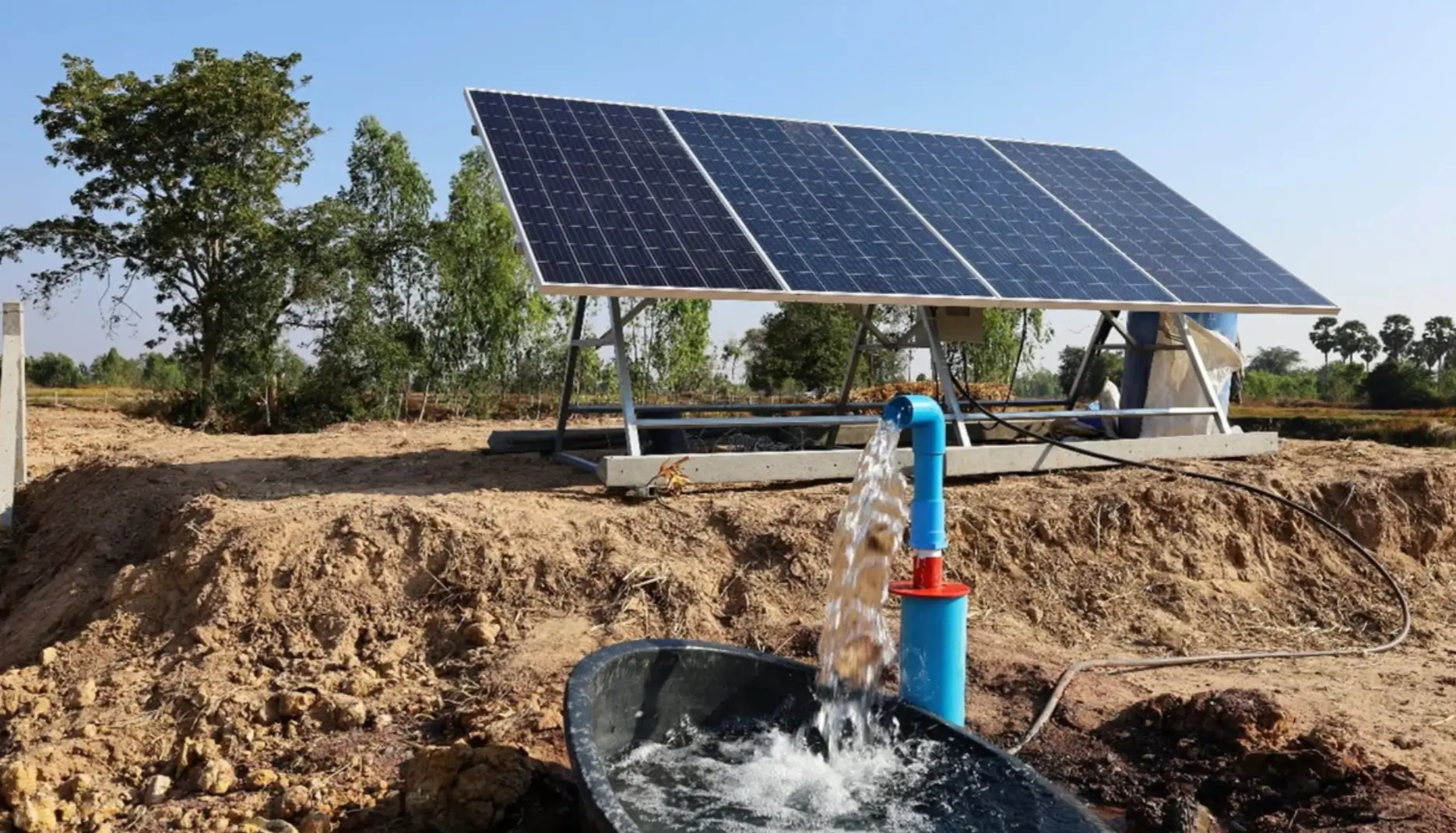
Smart Irrigation Systems
Victor Miller
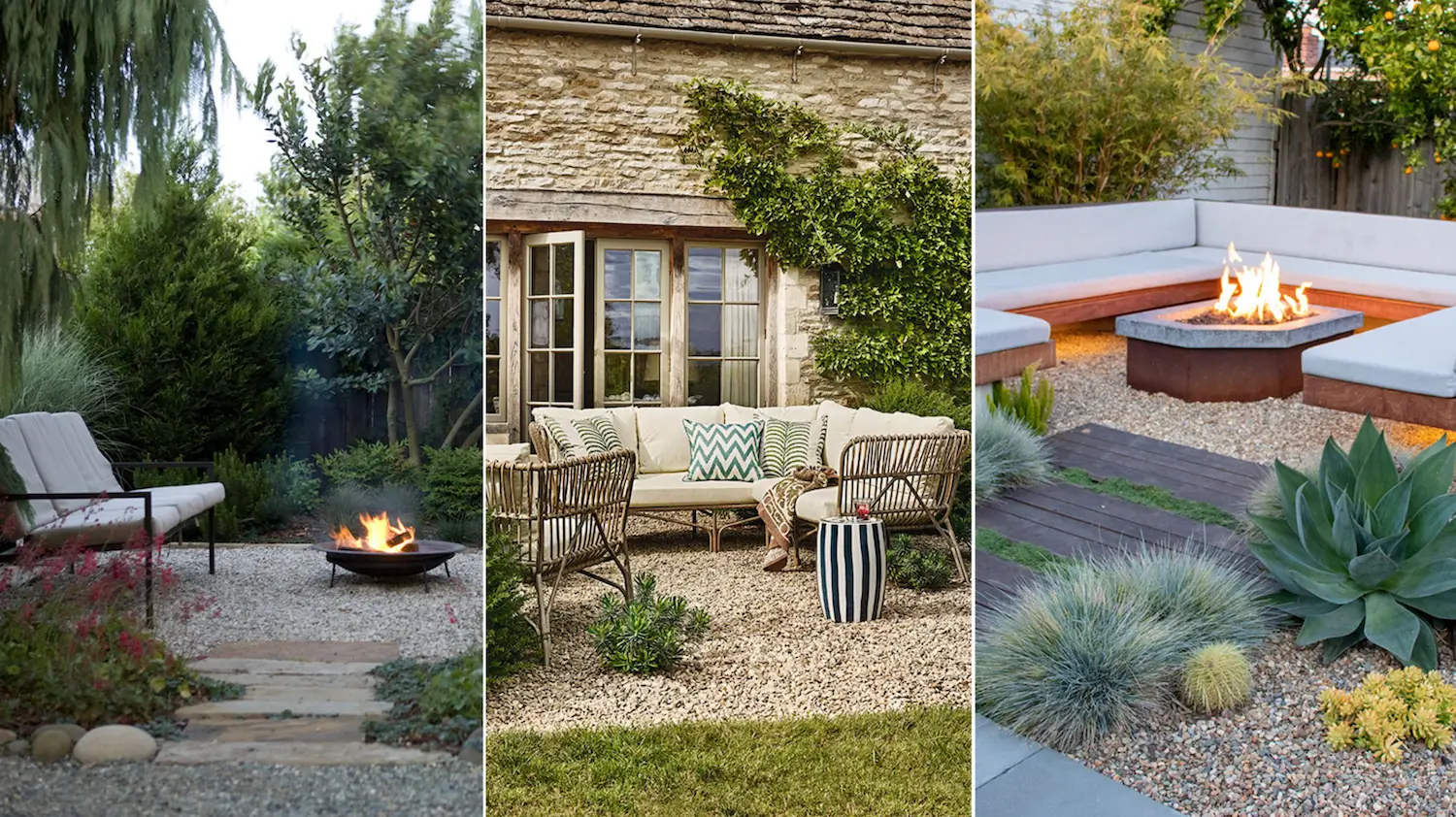
Patios, Walkways & Driveways
Victor Miller
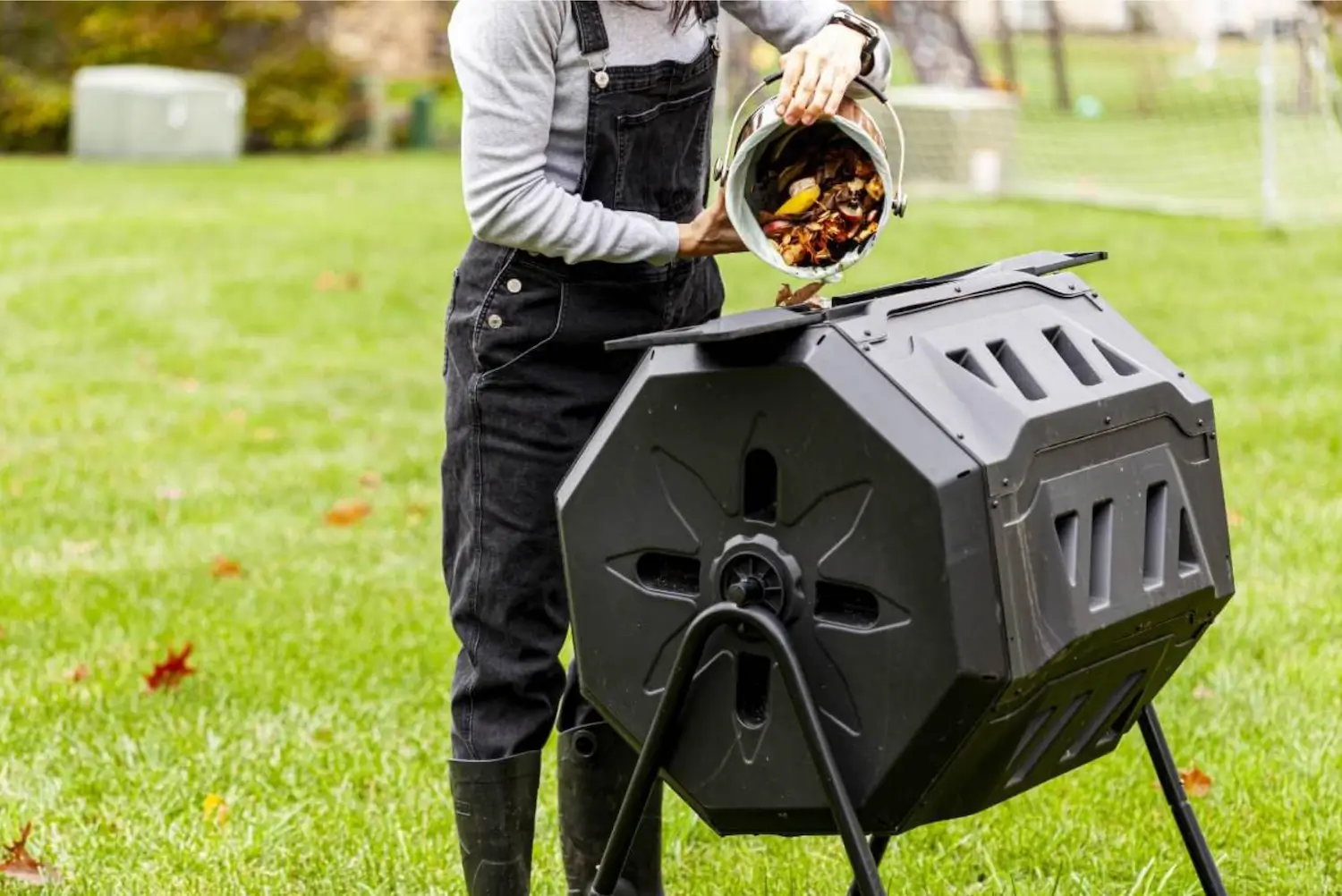
Soil Health & Fertilization
Victor Miller
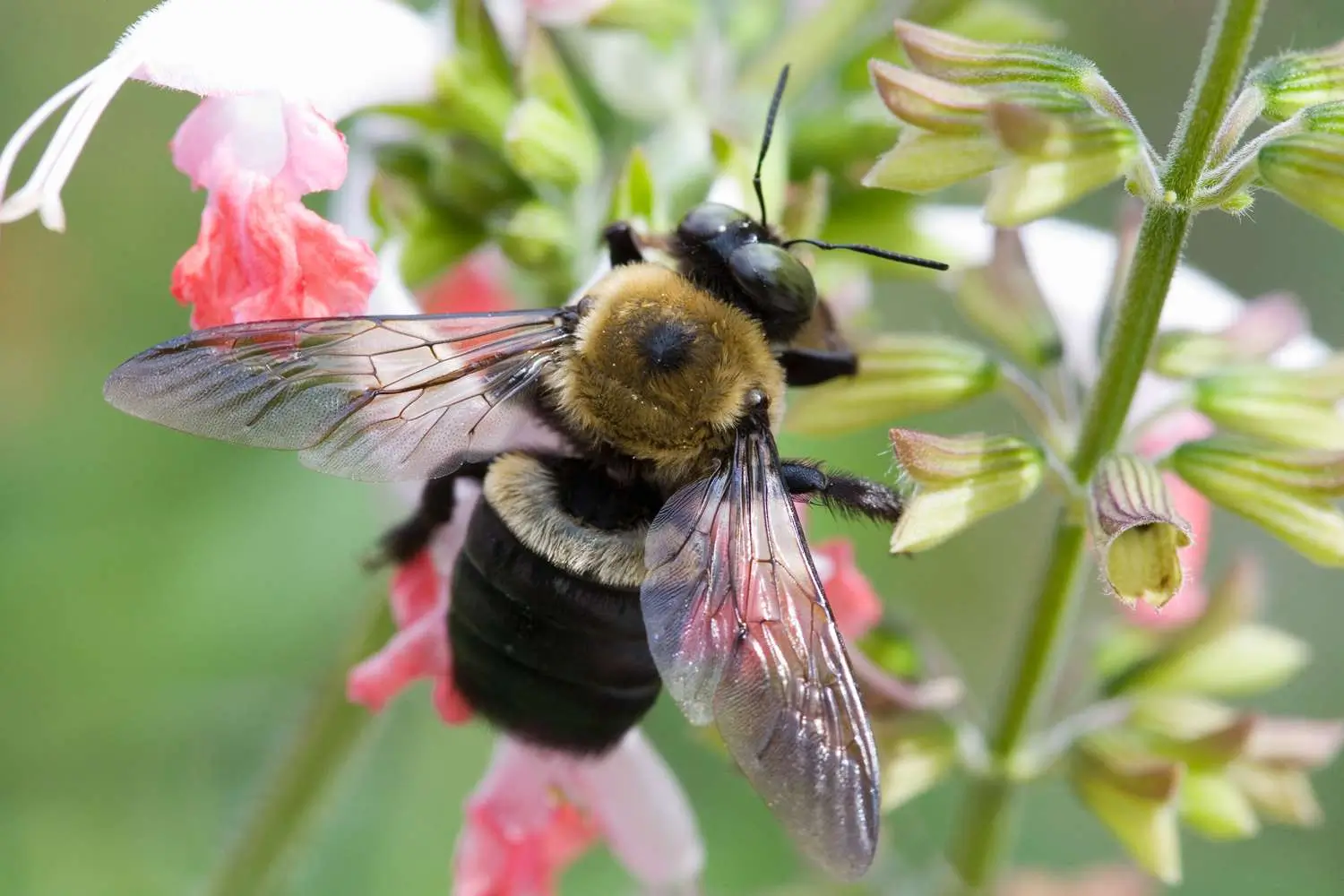
Pest Identification & Prevention
Victor Miller
My Account
Our team is always here to help.
We are open Monday - Friday, 9:00 AM to 4:30 PM PST.